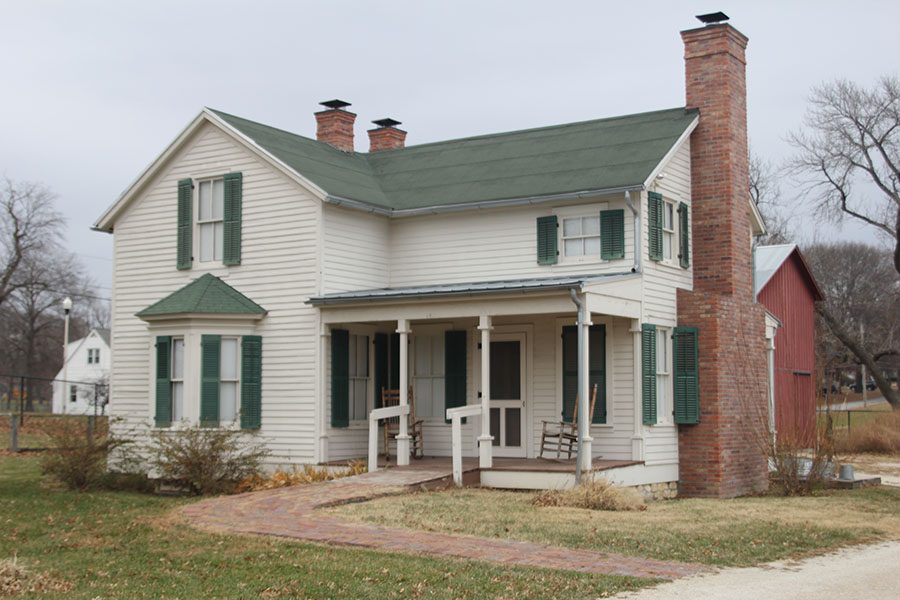By Abby Doughty
This farmhouse was built in 1878 and has six bedrooms. It was typical to see farmhouses like this in the 1920s.

Shawnee Town transports visitors back in time
With the mission of preserving Shawnee life in the ‘20s, Shawnee Town offers a variety of educational programs and historical buildings for visitors to experience
When traveling to downtown Shawnee, one might find themselves back in the ‘20s, experiencing what life was like on a historical site called Shawnee Town. Since its creation in 1966, “Old Shawnee Town,” as it is most commonly referred to, has expanded its site with the overall mission of preserving Shawnee life in the ‘20s.
“It started as [a] grassroots effort by local people here in Shawnee to preserve their early architecture,” Shawnee Town Museum director Charles Pautler said. “They decided that they wanted to start preserving the rural landscape, early farms and also early businesses here in town, and rebuild a historic town in a county park.”
Upon arrival of Shawnee Town, located at 11501 W 57th St., visitors can expect to see authentically recreated buildings, costume interpretations given by volunteers, classes in which people can learn how to quilt and cook, as well as lectures in the winter and concerts in the summer. The town’s annual visitation is about 110,000, the majority of that being through the Old Shawnee Days town fair in June, but the town receives about 20,000 people through the other programs offered, according to Pautler.
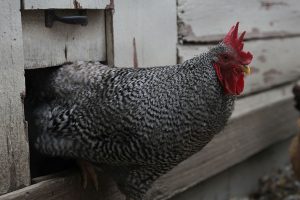
A chicken that resides in the farms 1920 style chicken coup.
“As people, we learn by touching. We enjoy stories about history, so the stories that we tell are very factual [and] very true,” Pautler said. “Under supervision [people] can touch some of the artifacts [and] contrast city life, the village life back then and farm life back then.”
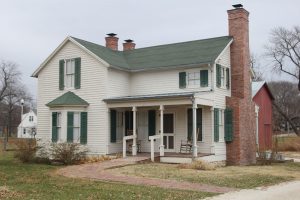
This farmhouse was built in 1878 and has six bedrooms. It was typical to see farmhouses like this in the 1920s.
According to Shawnee Town curator of collections Shannon Hsu, Shawnee Town is important because it protects the agricultural heritage that would have otherwise been lost.
“As times have changed [and] suburbanization has grown, we’ve transferred into the county that we are today, [but] a lot of that agricultural heritage gets lost,” Hsu said. “I think that Shawnee Town plays an important role in preserving that agricultural history which is not only relevant to our community of Shawnee, but it also helps tell a larger picture of what Johnson County’s agricultural roots were.”
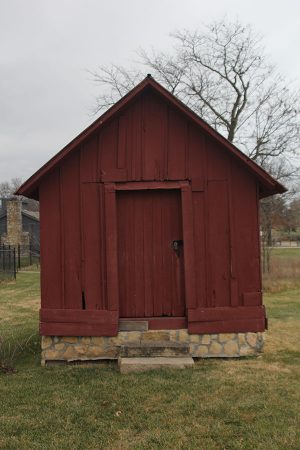
This old smokehouse was used to smoke and preserve meat for farm families in the 1920s.
To further expand, Shawnee Town created a plan in 2004 outlining construction in the next 10 years of eight more historical buildings, according to Pautler. When recreating a historical building, three to eight months of research is done beforehand and actual recreation differs per building.
“For a building that we know we’re going to work on, we work with [architectural] historians so we know what the physical structure is supposed to look like and then we have another historian that lets us know typically how a business would have functioned. Then I take all that information and look at other resources,” Hsu said. “From there, I generate a list of what would be in that building and then we do our best to either track it down [or] use reproductions. We try to balance both of those things so that when you step into one of our buildings you get the feeling that you’ve stepped back in time.”
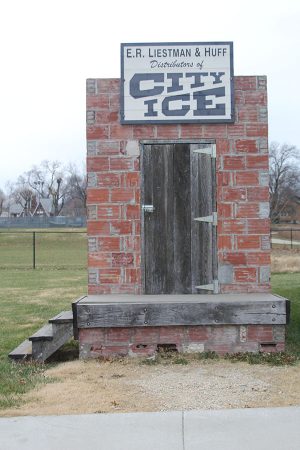
A 1920s style ice house that stored ice for the town year round before the invention of the refrigerator.
At any given point of time, 30 to 35 percent of Shawnee Town’s collection is accessible to the public. Overall, the town is responsible for approximately 8,000 artifacts, which are usually on exhibit for over 10 years, according to Hsu.
“When we make a decision to put something on exhibit, we are making certain choices about that item; we are choosing to shorten its life [because] by putting it out on exhibit you’re exposing it to a lot of different things,” Hsu said. “But part of our mission is to make objects accessible to our public, so we choose carefully what we put on exhibit.”
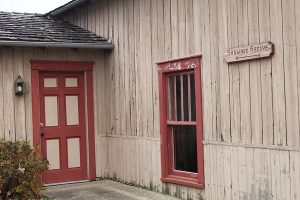
The Old Shawnee firehouse holds an authentic firetruck from the 1920s.
Although Shawnee has changed since the ‘20s, Hsu enjoys helping people see the similarities between life back then and now.
“I love helping people make connections between the life that they live today and how people lived in the ’20s,” Hsu said. “In some ways we’re very different and in some ways we’re very similar, and I like helping people see what’s shared over time.”
